We all want to do the right thing and recycle more. But, despite our good intentions, it’s easy to make mistakes.
We still throw things into general waste that could have been recycled – which leads to valuable resources going to landfill. And we still put the wrong things in our recycling bins – which leads to contaminated recycling loads.
According to research by OPRL, 84% of us check on-pack recycling symbols so that we know what and where to recycle. But if we don’t understand the recycling labels – or there aren’t any – we’re likely to slip up. It helps to have those packaging symbols explained.
So, here’s First Mile’s brief guide to the most frequently used recycling symbols, including those tricky plastic recycling logos.
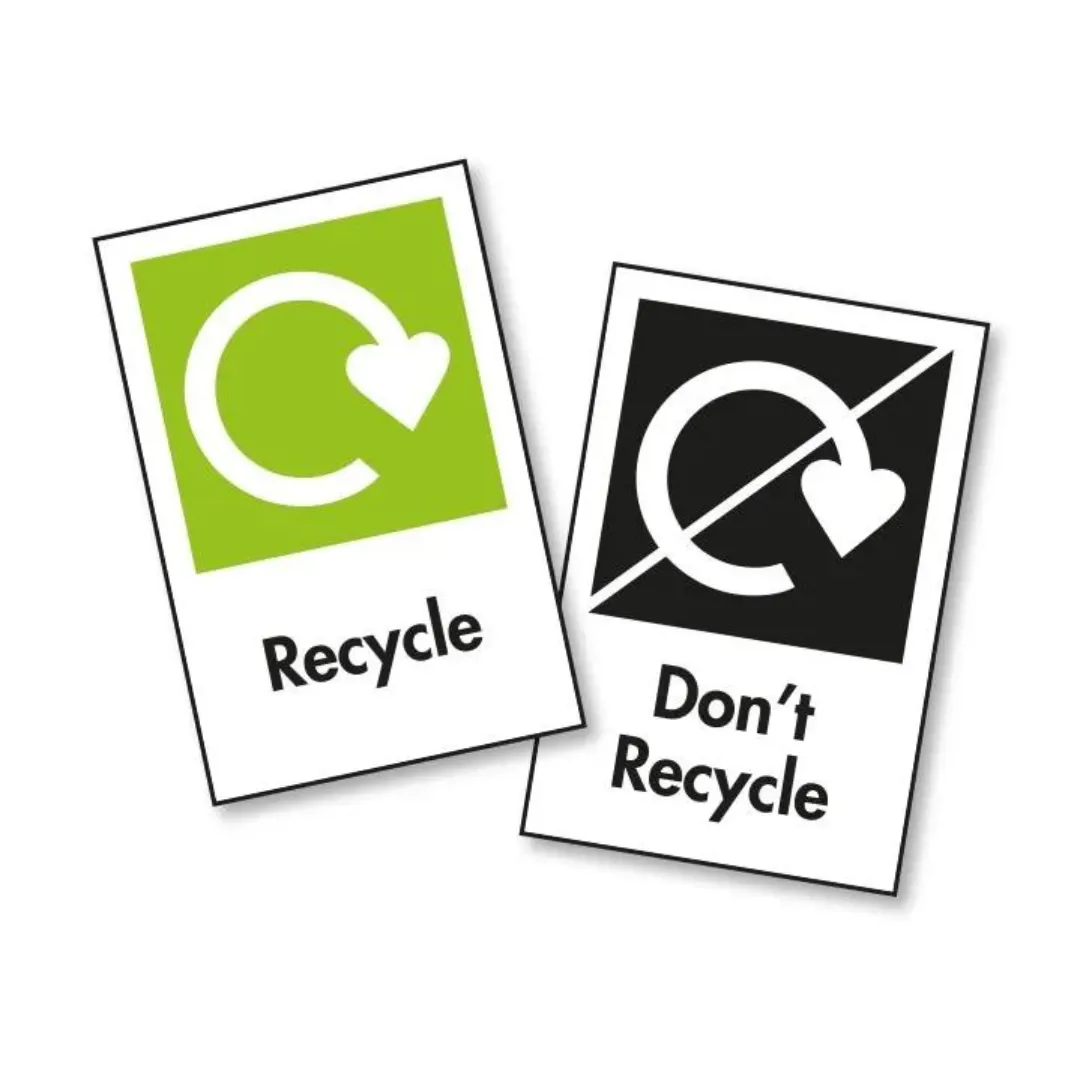
On-pack recycling labels - widely recycled
The on-pack recycling labels (or OPRL) are designed to be as easy to understand as possible. They use simple ‘Recycle’ or ‘Don’t Recycle’ labels.
Packaging with the green label can be widely recycled, whereas packaging with the black label cannot be recycled everywhere and may require your specialist local recycling centre.
They may also include basic instructions, such as ‘rinse’, ‘lid-on’, ‘remove the sleeve’ or ‘flatten’.
The ‘Recycle’ label means that 75% or more of local authorities will collect and recycle the packaging.
Bear in mind that if your packaging doesn’t have a recycling label, you may still be able to recycle it. If in doubt, always check your local authority’s recycling collection.
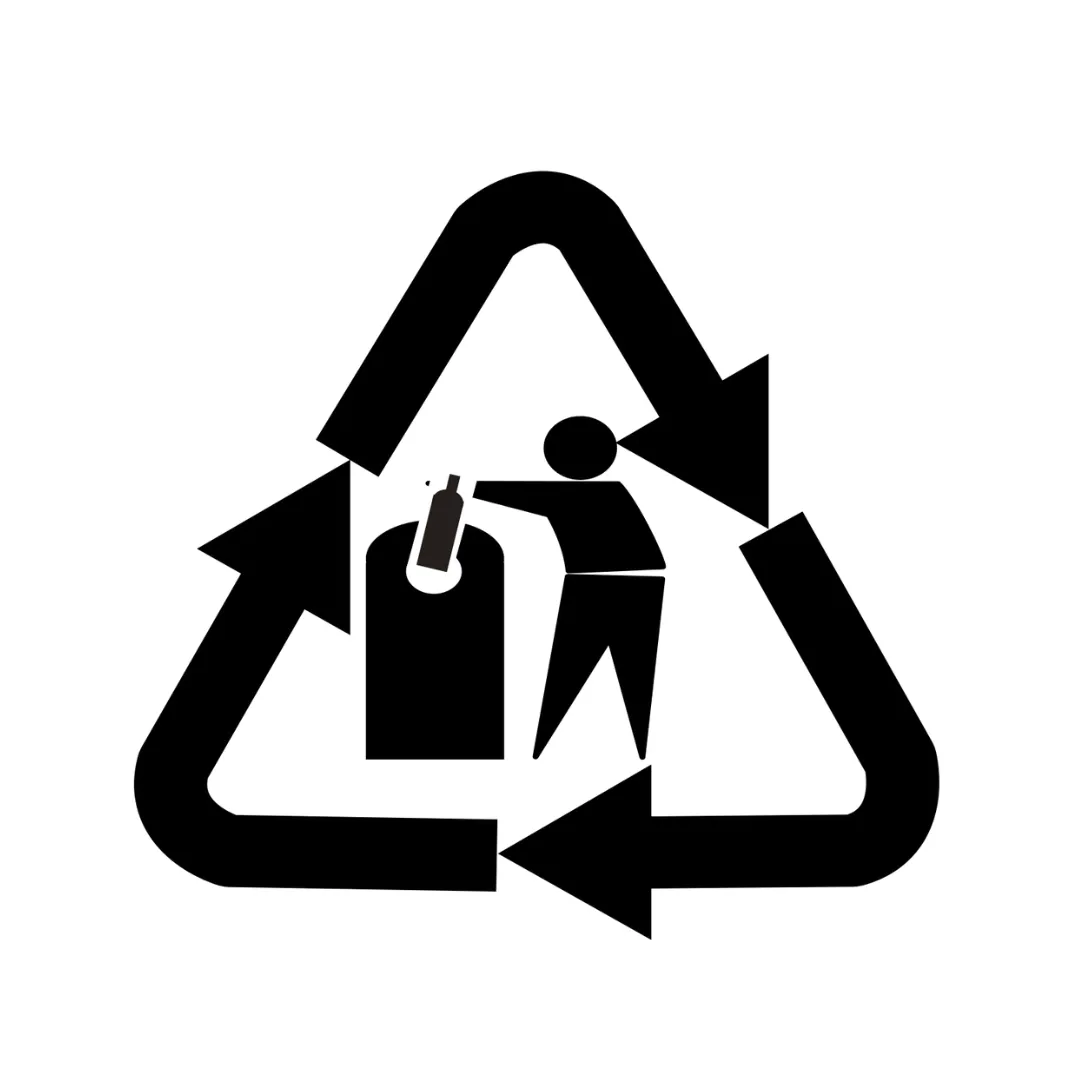
Glass
The glass recycling symbol reminds you your glass can be widely recycled. You can usually dispose of any glass container jars and bottles in your household recycling collection systems or at the local bottle bank. Businesses will need to sign up to an authorised private waste contractor or to their local authority’s business waste service, if they have one.
At First Mile, we offer an easy glass recycling service. We melt the glass and recycle it back into new glass bottles and jars. Any glass that can’t be used in the glass recycling process is broken down and used in the UK construction industry.

Paper and card
Luckily, some packaging signs are easy to understand! Recyclable paper includes brown parcel paper, cardboard, catalogues and magazines. It can usually be collected in your household or business recycling collection. Any paper that’s coated in wax, plastic or foil (like metallic wrapping paper) is not recyclable and must go into general waste. Christmas cards with glitter are also not recyclable.
First Mile offers a paper-recycling service suitable for all businesses. We recycle lower-grade paper into tissue paper and cardboard. The higher-grade paper is turned into new office paper – which you can buy back for your business.
We also offer a confidential-paper-shredding service and a cardboard recycling service.

Recycled aluminium
This packaging icon indicates that an item is made from recyclable aluminium. Aluminium drinks cans, for example, can be melted down and turned into ingots of aluminium which are used to make new cans.
First Mile collects aluminium with mixed recycling.

WEEE or waste electricals
Here’s a visual reminder not to throw your electrical waste in with your general waste. Electrical items can be recycled several ways, including via retailers and at recycling centres.
First Mile offers an efficient electronics or WEEE recycling service. Whatever it is – laptop, fridge or anything with wires and plugs – we’ll make sure it gets a new life. This can either be as a refurbished item or broken down into individual materials.
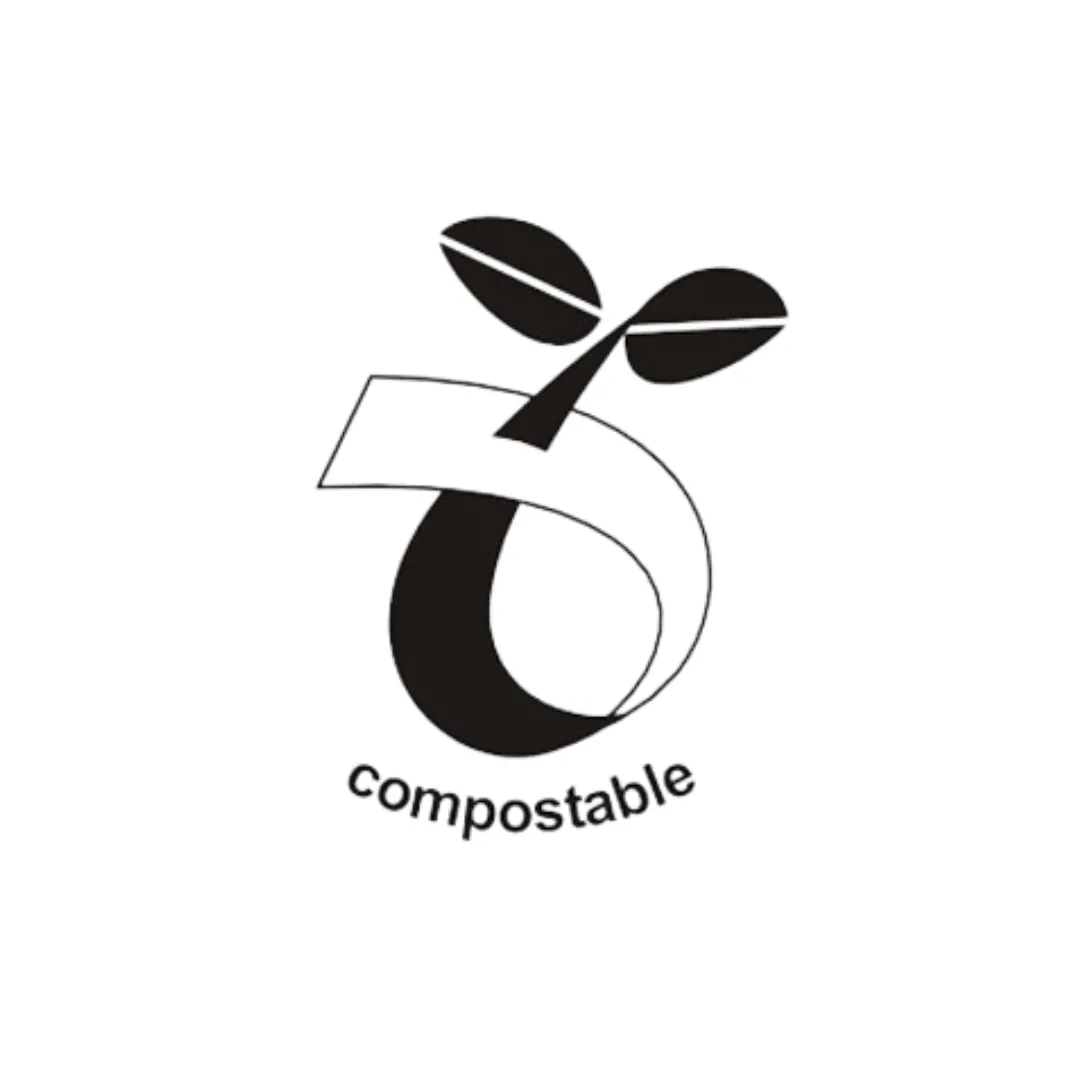
Compostable packaging
Any packaging with this logo can only be recycled with your garden waste. Don’t add it to your home-composting or food-waste bin.
Check with your local authority or contact First Mile about our compostable packaging recycling service.
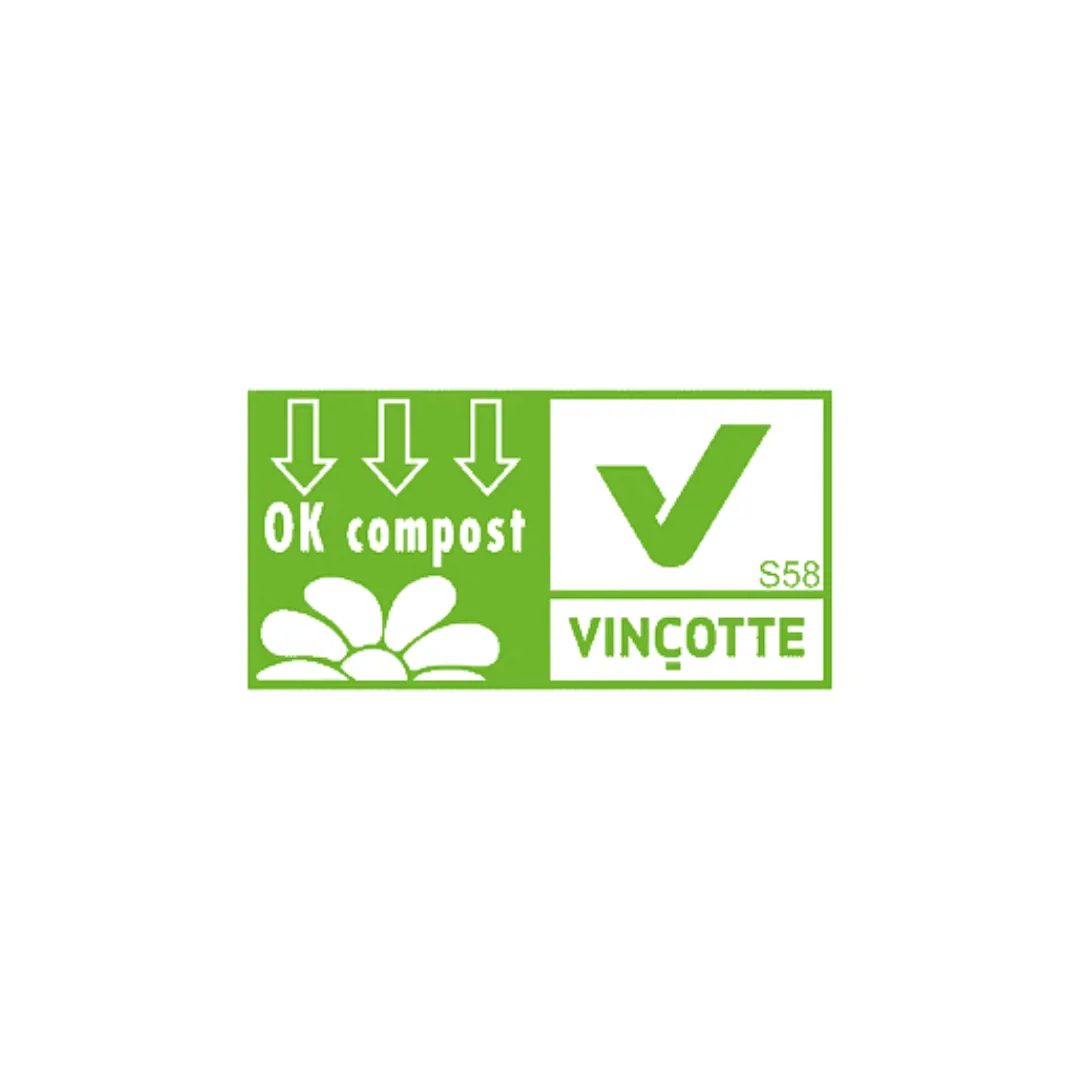
Home compostable packaging
When you see this symbol, it means that you can add the packaging to your food-waste bin.
If you use First Mile’s food-recycling service, your food waste goes to make renewable energy.
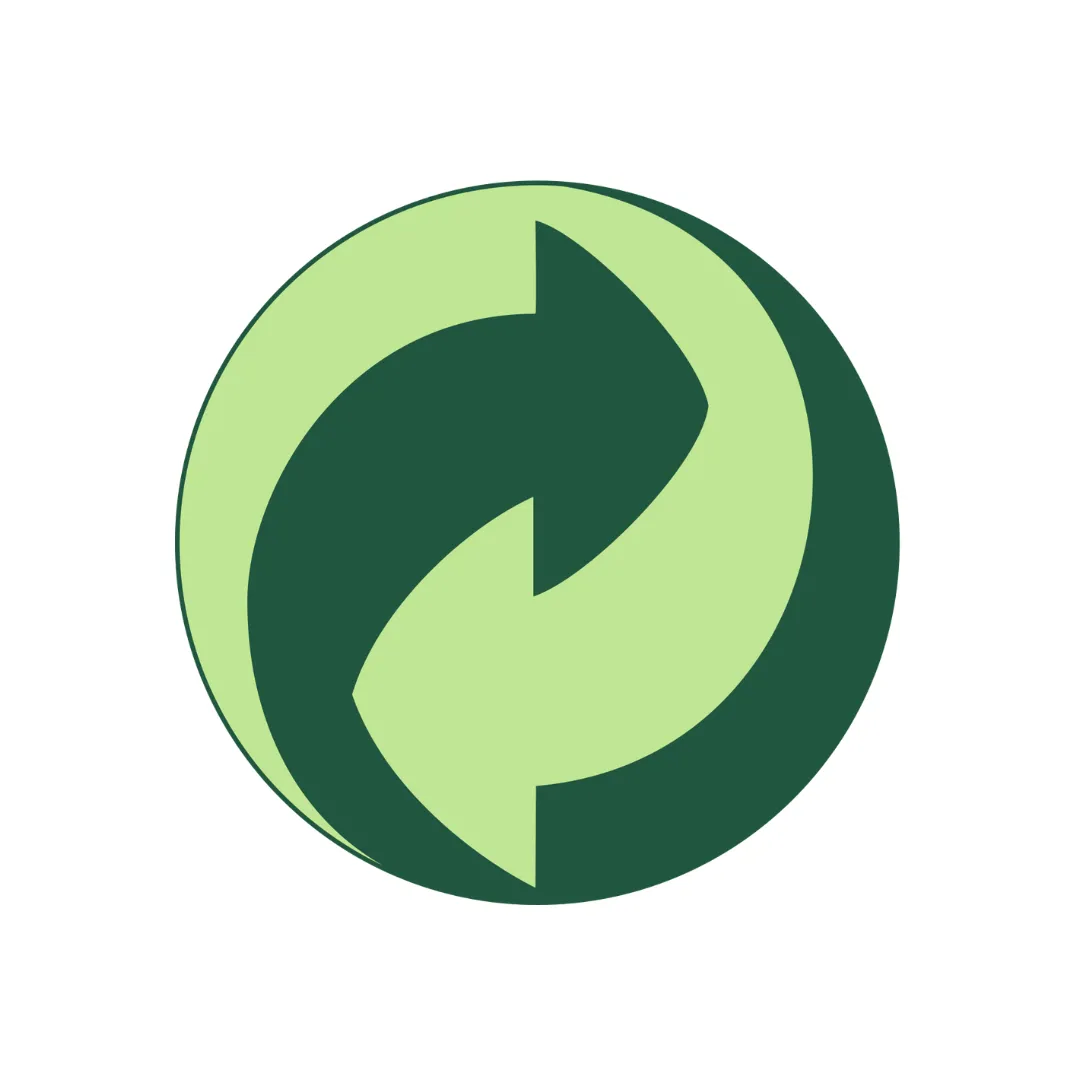
The Green Dot
The green dot doesn't necessarily mean the material is recycled widely. Instead, the symbol is used in European countries to show that the manufacturer has made a financial contribution towards the overall recovery, sorting and recycling of sales packaging which meets the European standard.
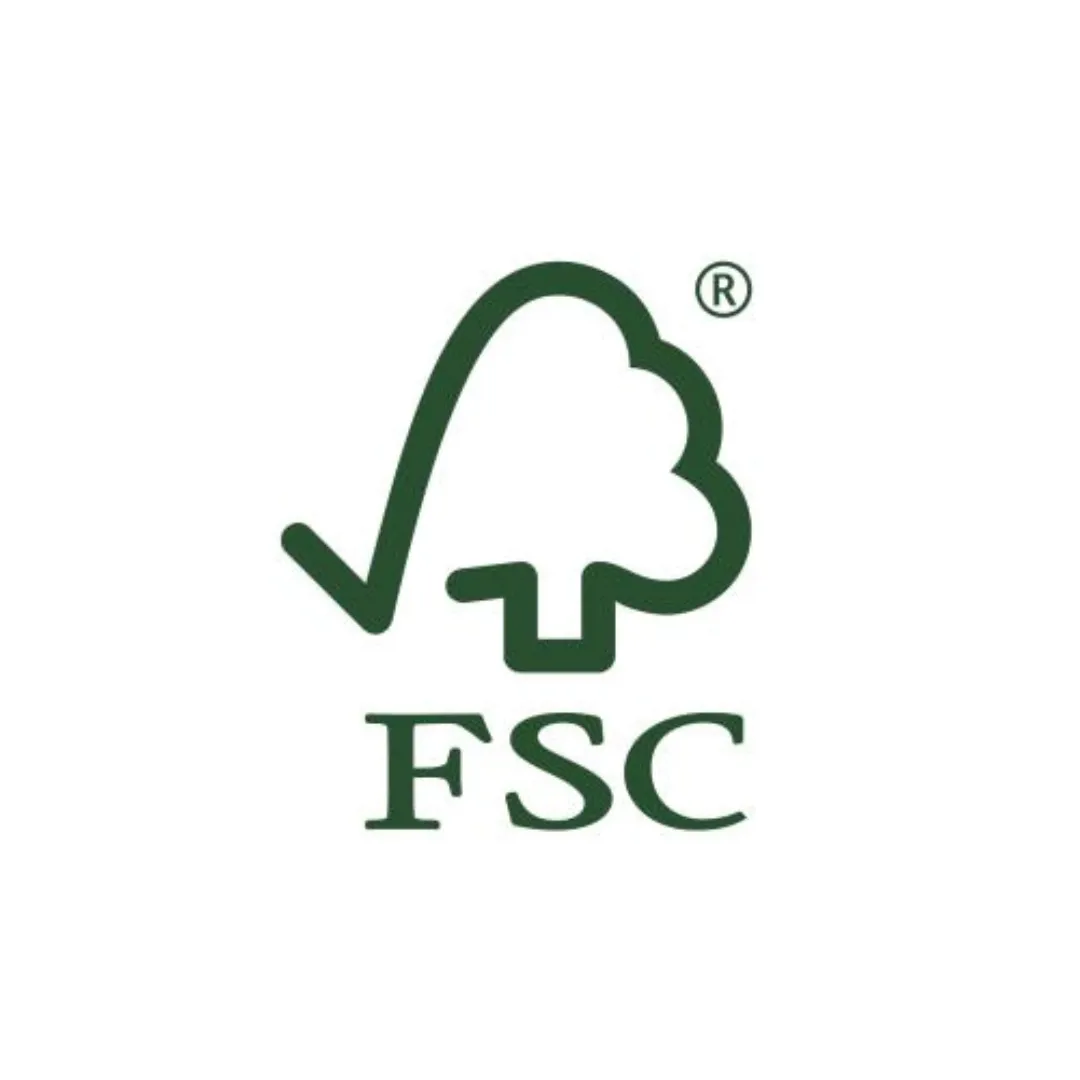
FSC
This is the Forest Stewardship Council (FSC) logo. You’ll see it on anything that has been made using wood from well-managed forests.
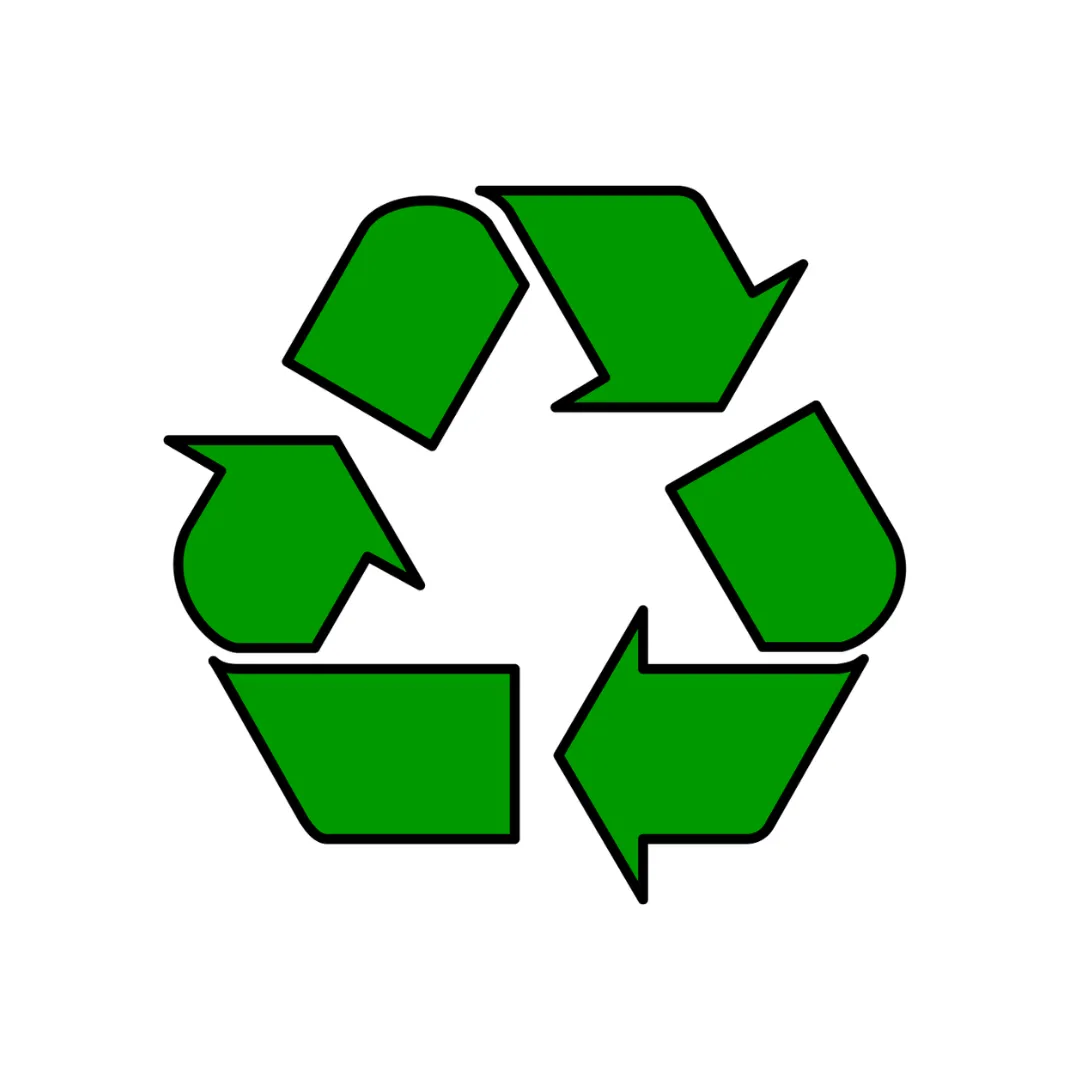
Mobius loop
This shows you that something can be recycled. Unfortunately, it doesn’t guarantee that your local authority will accept it, so you’ll still need to check that for yourself.
Sometimes this symbol is used with a percentage figure in the middle. This indicates how much of the item is made of recycled material.
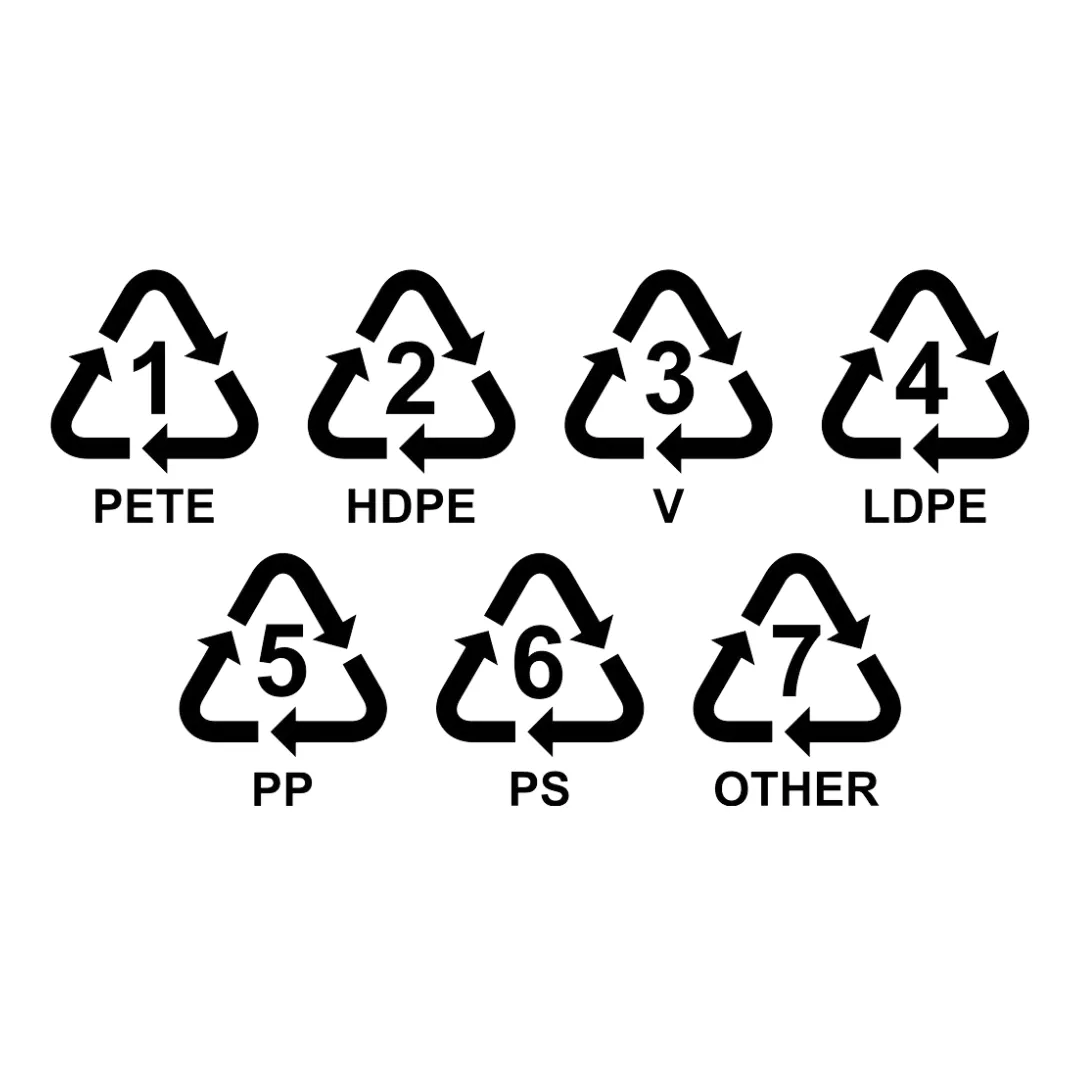
Plastic Recycling Symbols (or resin ID codes)
Plastic waste is probably one of the most challenging materials to recycle correctly. Local authorities won’t expect you to recycle your plastic by its plastic resin codes, but it can help to be able to identify them.
Each code appears inside a ‘chasing arrows’ symbol. The numbers range from 1 to 7 and identify the type of resin used to make the type of plastic.
What does each resin identification code mean?
· 1 - PET, used for soft drinks, plastic bottles and some food packaging
· 2 - HDPE, used for milk cartons, cleaning products, yoghurt pots, etc
· 3 - PVC, used for cling film, car parts, thermal insulation, window fittings, etc
· 4 - LDPE, used for plastic bags and bin liners, etc
· 5 - PP, used for margarine tubs, microwave meal trays, etc
· 6 - PS, used for food containers, disposable cutlery, etc
· 7 - Other, used for all the plastics that don’t fit into the above categories
The most used plastics are PET, HDPE, LDPE and PP. These are relatively easy to recycle.
Both PVC and PS (or polystyrene) are tricker to recycle widely and may not be included in local-authority collections.
Packaging made from composite plastics – like salad bags or crisp packets – is almost impossible to recycle. As a result, these have to be added to general household waste. Major supermarkets, like Sainsbury’s, Tesco and Co-op, are now trialling recycling systems for all flexible plastics, including crisp packets and salad bags.
If you want to make your plastic recycling super simple, First Mile can help. Our single-use plastics recycling service deals with your plastic bottles, cleaning products, sauce bottles, etc (numbers 1, 2 and 5).
We can also collect and recycle your flexible plastic – that’s plastic carrier bags, cling film, bubble wrap, etc (number 4) – and turn it into black bin bags.
What numbers cannot be recycled?
Other plastic, such as PVC (3) and PS (6) (or polystyrene), is difficult to recycle and needs to go in to general waste. However, at First Mile we won’t send anything to landfill. Any non-recyclable waste is incinerated, capturing electricity and heat from the process. The electricity is then sent to the National Grid, while heat is used to provide heating and hot water to over 100,000 UK homes. Any ash by-products from this process are reused as aggregate for construction.
Download our free recycling posters
That was plenty of information to take in at once!
Did you know we have free downloadable posters that act as a great reminder of what can go into each recycling stream? Simply print them off and display them next to each recycling bin in your office and you'll always know how to recycle!
To make recycling your plastic with us as easy as possible, take a look at our ‘how-to’ poster.



